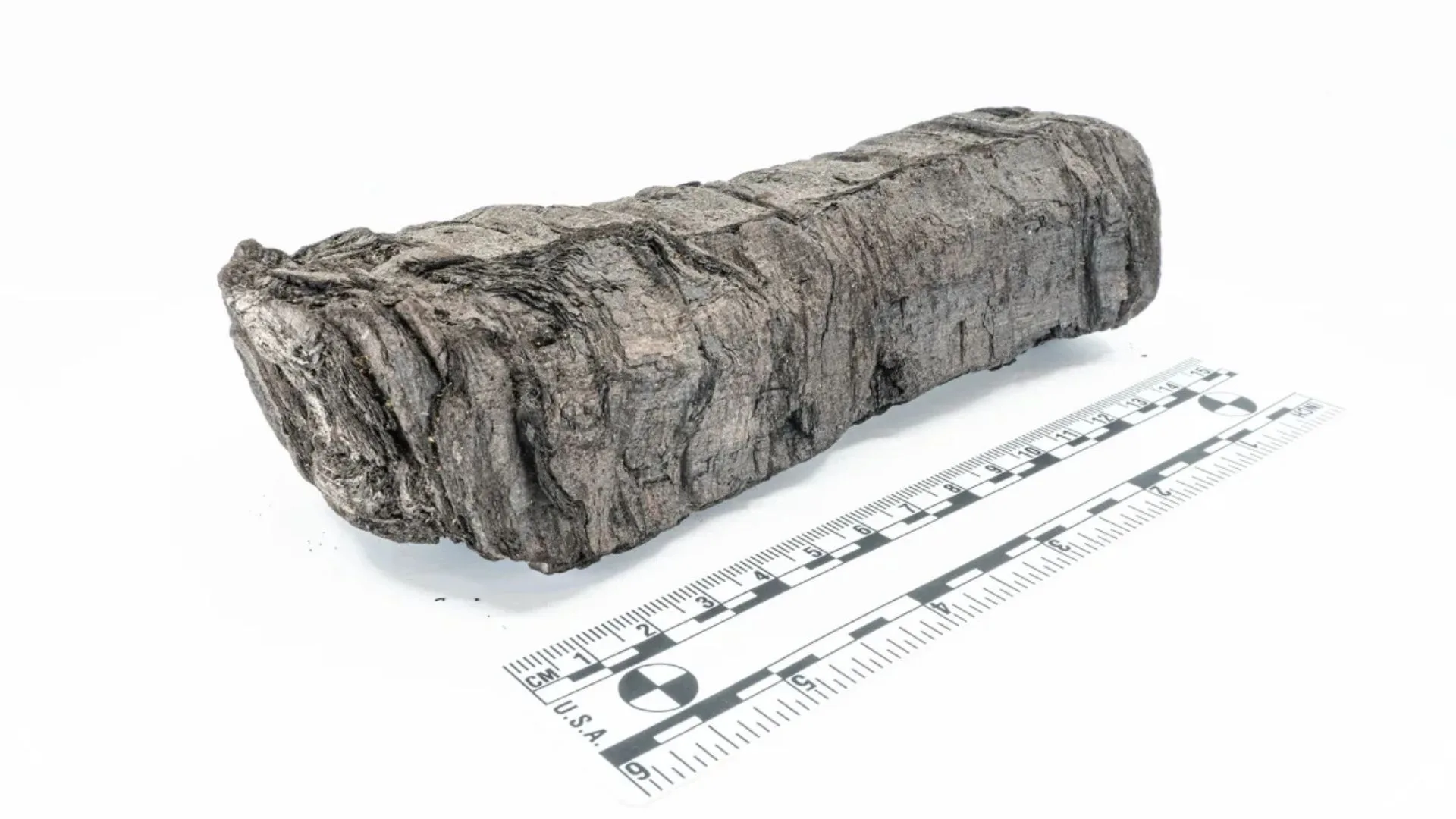A charred papyrus scroll buried by Mount Vesuvius nearly 2,000 years ago has been identified as a work by the Greek philosopher Philodemus. Using X-ray scans and digital unwrapping, researchers discovered the title and author—On Vices—marking the first time such details have been recovered this way, the Guardian has reported.
“It’s the first scroll where the ink could just be seen on the scan,” said Dr. Michael McOsker, a papyrologist at University College London. “Nobody knew what it was about. We didn’t even know if it had writing on.”

The scroll, from a villa in Herculaneum believed to belong to Julius Caesar’s father-in-law, was carbonised in the AD 79 eruption. Most scrolls from the site are too fragile to open and the ink invisible, but recent advancements have changed that.
Last year’s Vesuvius Challenge, a global competition promoting AI-based scroll reading, awarded $700,000 for reading 2,000 ancient Greek letters. This scroll, PHerc. 172, housed at the Bodleian Libraries, was scanned in July. Researchers identified Greek words including “disgust” and eventually the text’s title and author, winning the challenge’s $60,000 prize.
The scroll may be the first of at least 10 volumes of On Vices, which explores topics like arrogance, greed, and flattery.
“We’re seeing evidence of ink in many of the new scrolls we’ve scanned but we haven’t converted that into coherent text yet,” said Dr Brent Seales, a computer scientist at the University of Kentucky, who co-founded the Vesuvius Challenge. “That’s our current bottleneck: converting the massive scan data into organised sections that are properly segmented, virtually flattened, and enhanced so that the evidence of ink can then be interpreted as actual text.”
McOsker noted: “The pace is ramping up very quickly … Everything we’re getting from the Herculaneum library is new to us.”
Source: Guardian
